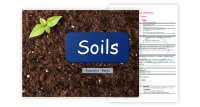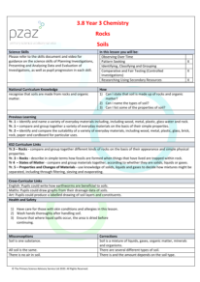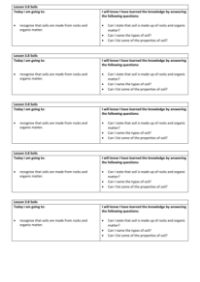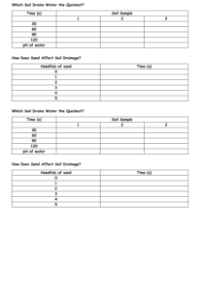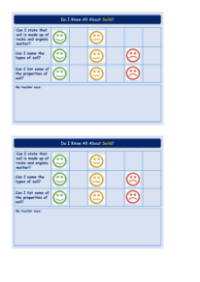Soils - Teacher Explanation

Science Resource Description
Welcome to Lesson 3.8 on Soils, part of the Year 3 Rocks Unit. This lesson aims to help pupils understand that soils are composed of rocks and organic matter, as outlined by the National Curriculum. For health and safety, it's important to consider pupils with skin conditions or plant allergies when handling soil. Pupils should be encouraged to wash their hands thoroughly with soap and water after touching soil samples. Additionally, as water will be used, any spills must be promptly cleaned up to prevent slipping hazards. This lesson also offers opportunities for cross-curricular learning, with English activities involving descriptions of earthworms, Maths tasks related to graphing investigation results, and an Art project where pupils create a poster illustrating soil layers.
The teacher demonstration will show that soil consists of various components, including stones, pebbles, leaf litter, and twigs. Using a colander, sieve, and bowls, the demonstration will separate soil into different layers, revealing the diverse textures and constituents. Pupils will then draw diagrams of soil layers, identifying the organic materials found in the O layer, hummus and small minerals in the A layer, and increasingly rocky content as they move to the B and C layers, culminating in the bedrock or R layer. The experiment on soil drainage will explore how different soil types, such as sandy or clay soils, affect water movement. Using a range of equipment, including a filter funnel, pH paper, and a stopwatch, pupils will measure water drainage over time and assess the soil's pH to determine its acidity or alkalinity, linking these properties to the soil's geographic origin.

